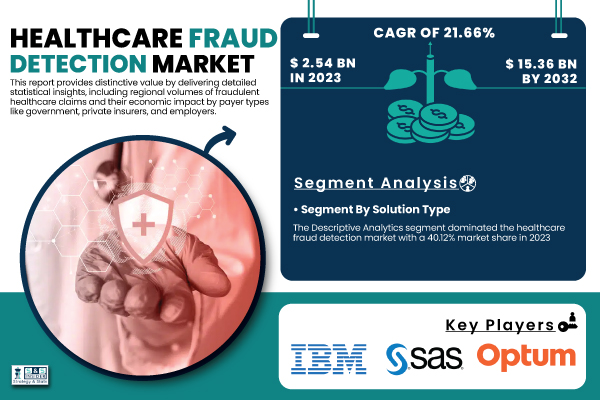Qatar tribune Agencies Financial markets faced significant turbulence past week as US-China trade tensions intensified, triggering sharp moves across currencies, equities, and commodities. The US dollar dropped steeply, with the Dollar Index falling below 100 for the first time since July 2023. Meanwhile, investors sought safety in traditional haven currencies such as the Swiss franc and Japanese yen, which saw notable gains.
US stock markets were highly volatile—initial optimism fueled by President Trump’s 90-day tariff pause sparked historic rallies in the S&P 500 and Nasdaq, but these gains quickly reversed the following day as trade uncertainty resurfaced. Gold prices soared past $3,200 per ounce, setting new records as the weakening dollar and rising recession concerns drove demand for safe-haven assets. The minutes from the Federal Reserve’s March FOMC meeting revealed that members expect US tariff policies to drive inflation higher this year.

They expressed concern that persistent inflation, combined with a weakening outlook for growth and employment, could complicate future policy decisions. Given the current economic uncertainty, members agreed that keeping interest rates unchanged was appropriate. The Fed also opted to significantly slow its pace of quantitative tightening, though some members questioned the effectiveness of this move.
Markets are currently pricing in three rate cuts—totaling 81 basis points—by the end of the year. Inflation in the United States eased notably in March, with the annual CPI dropping to 2.4 percent from 2.
8 percent in February, and monthly prices falling for the first time since May 2020. Core inflation also slowed to 2.8 percent, the lowest in nearly four years.
While this offers some relief to the Federal Reserve, economists caution that Trump’s sweeping tariffs could reverse the trend by pushing prices higher. Food prices rose 0.5 percent, with egg prices jumping 5.
9 percent month-over-month and 60.4 percent annually due to ongoing avian flu impacts. Shelter costs, a major inflation driver, eased slightly, while energy prices declined.
Airline fares fell 5.3 percent, and recreation costs dipped, signaling weaker discretionary spending. Meanwhile, US wholesale prices also fell more than expected in March, suggesting inflationary pressures were easing before reaching consumers.
The Producer Price Index (PPI) dropped 0.4 percent month-over-month and slowed to an annual rate of 2.7 percent, down from 3.
2 percent. A major driver of the decline was a 4 percent drop in energy prices, influenced by weak demand, rising supply, and recession fears. Food prices also fell, down 2.
1 percent. Core PPI, which excludes food and energy, dipped 0.1 percent and rose just 3.
3 percent annually—the slowest pace since September—offering further signs of cooling inflation. The report comes ahead of the full impact of President Trump’s new trade policies. US consumer confidence declined further in April, with the University of Michigan’s Consumer Sentiment Index falling to 50.
8 from 57 in March—well below expectations of 54.5. The drop reflected weaker assessments of both current conditions, which fell to 56.
5 from 63.8, and future expectations, which declined to 47.2 from 52.
6. Inflation concerns also intensified, with the one-year outlook surging to 6.7 percent from 5 percent and the five-year outlook rising to 4.
4 percent from 4.1 percent. Finally, the survey showed the highest share of consumers expecting higher unemployment in the next year since 2009.
Copy 15/04/2025 10.
Business

Markets roil as United States-China trade war escalates; dollar falls

AgenciesFinancial markets faced significant turbulence past week as US-China trade tensions intensified, triggering sharp moves across currencies, equities, and commodities.The US...















